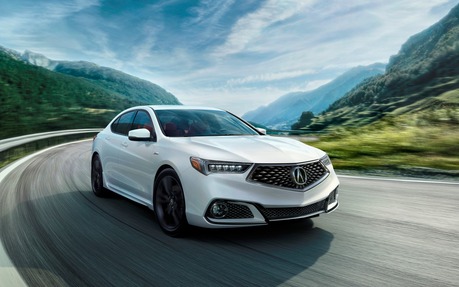Has All-Wheel Drive Still Got It?
For many, an all-wheel drive vehicle is a must; for others, not so much. In this era of countless integrated electronic assistance systems, is all-wheel drive still an advantage? The answer is a resounding yes.
Sure, you can get by with a two-wheel drive system, especially since the advent of stability control and anti-skid systems. However, the benefits of all-wheel drive cannot be denied, especially on slippery surfaces. Torque can be transferred to all four wheels depending on the circumstances, so you get much better traction when the conditions deteriorate or when one of the wheels loses grip. Four tires gripping the road will always be more efficient than two.
- Also: Individual Actuation: The Future of Four-Wheel Drive Systems?
- Also: All-Wheel Drive: The Tesla Advantage
Want proof that all-wheel drive is still relevant? Go for a spin in a snowstorm. Accelerations are more direct and skidding is reduced to the bare minimum when you reaccelerate after a stop. The vehicle will much more stable in general. But you can’t neglect the tires. Without adequate winter tires, the advantages of all-wheel drive will be lost. Furthermore, all-wheel drive won’t stop your vehicle faster, nor will it prevent you from ending up in a field if you take a corner too quickly.
Just for winter?
Some systems will also enhance your vehicle’s handling in all conditions. Honda’s SH-AWD is a perfect example of this, as it is able to distribute power from front to back, but also from side to side. In turns, it can transfer power to the opposite wheel, reducing understeer and improving vehicle performance.
Of course, these systems come with a higher purchase price and more weight, but in northern climates, the pros outweigh the cons.
